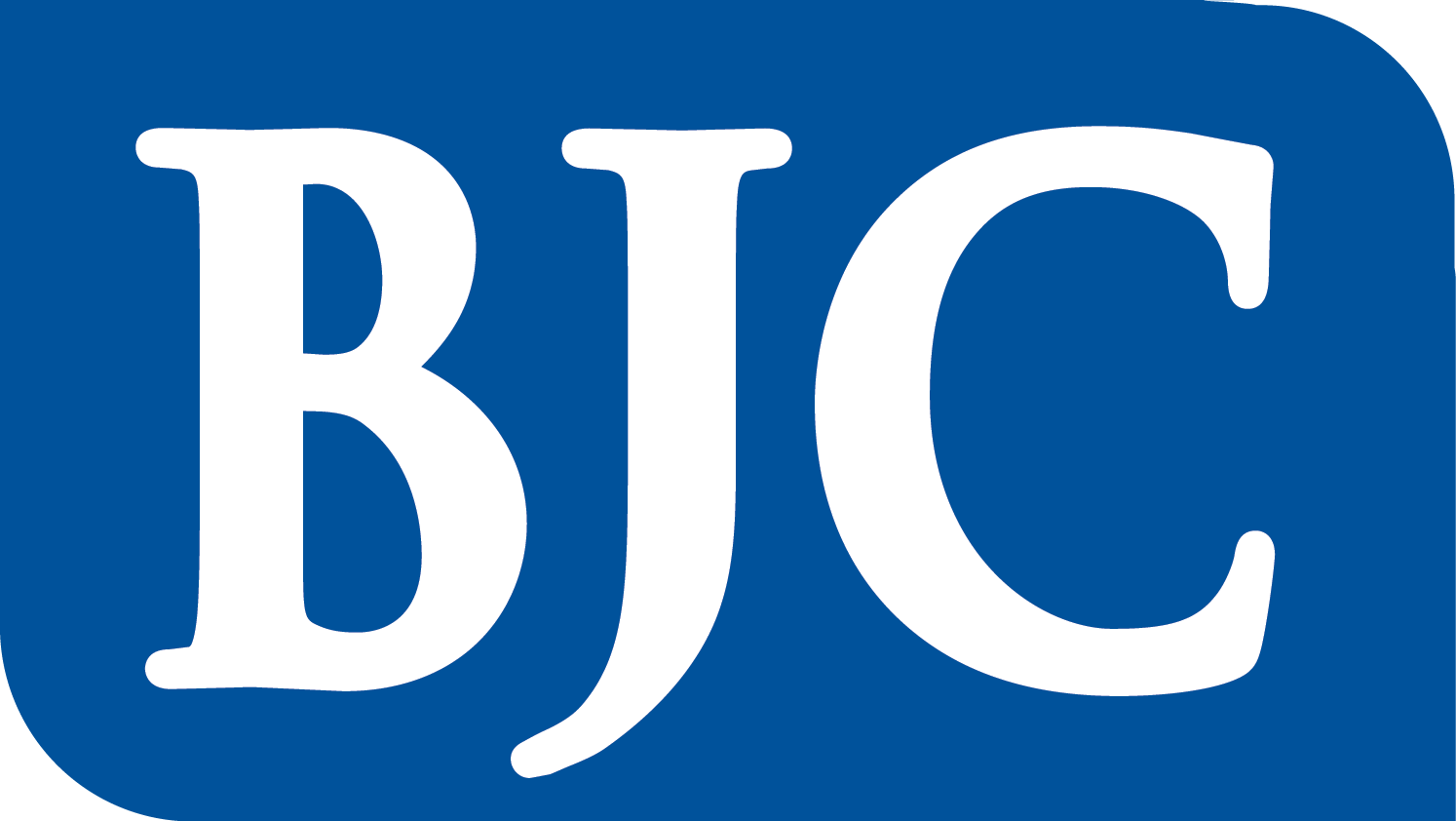Title Page
-
Site conducted
-
Inspection Conducted on
-
Conducted by
-
Inspection Location
-
Is the task being conducted by Contractors
-
What is the name of the contractor(s)
Section 1: Site Layout
-
1.1. Do workers have a safe route to their place of work?
-
1.2. Is the site fenced/ suitably secure so that the public cannot gain access?
-
1.3. Are personnel protected e.g. from falling materials, moving machines?
-
1.4. Are vehicular traffic routes kept clear and are they well lit?
-
1.5. Do vehicles have visual and reversing aids fitted where needed?
-
1.6. Is the site tidy and well laid out?
Section 2: Health & Safety Arrangements
-
2.1. Is the job notifiable (F10)?
-
2.1.1. Is the F10 in place?
-
2.1.2. Has the PC provided evidence of required statutory documentation (H&S Policy, HSAW Law Poster, Employers Liability Insurance, First Aid Contact etc...)?
-
2.2. Is the Construction Phase Plan available to review?
-
2.3. Are welfare facilities e.g. toilets and canteen, adequate and are they kept clean?
-
2.4. Are appropriate safety signs in place, traffic routes, authorised personnel, PPE?
-
2.5. Are First Aid facilities in place and do workers know where they are?
-
2.6. Have all workers and visitors received a site specific induction?
-
2.7. Have all workers reviewed the RA/MS and are they available on site?
-
2.8. Are all people on site wearing the correct personal protective equipment?
-
2.9. Is all plant and machinery maintained and inspected regularly by competent persons?
-
2.10. Are workers suitably trained and in possession of a valid CSCS/CPCS cards where applicable?
Section 3: Control of Hazards
-
3.1. Is the work likely to disturb any asbestos or Lead paint ?
-
3.2. All open hatches or floorboards suitably controlled (Barriers & Signage)?
-
3.3. Are Hot Works being carried out?
-
3.3.1. Is there a safe system of work in place?
-
3.3.2. Is there correct fire suppression equipment available (Extinguisher/Fire blanket)?
-
3.3.3. Are works being adequately controlled and supervised?
-
3.4. Confined spaces (Attics or under floors) suitably controlled?
-
3.5. Have workers been instructed and trained on safe manual handling?
-
3.6. Are excavations supported, controlled and inspected by competent people?
-
3.6.1. Where excavations are supported, is there an approved design in place?
-
3.6.2. Is there safe access/egress to the supported excavation?
-
3.6.3. Are emergency rescue procedures evident in relation to deep excavations/shafts?
-
3.7. Are there any utility service operations?
-
3.7.1. Is there a safe system of work in operation? (E.G. Permit).
-
3.7.2. Have utility service drawings been supplied to the contractor?
-
3.7.3. Have Cable Avoidance Tools (CAT & Genny) been used to identify services?
-
3.7.4. If there is mechanical digging, is it at least 500mm from identified services?
-
3.7.5. Are hand dig tools insulated?
-
3.7.6. Where overhead services are present, are there controls in place to mitigate risk?
-
3.7.7. Are all services safely Isolated (Gas, Water, Electricity, etc...)?
-
3.8. Are there any lifting operations taking place?
-
3.8.1. Is there a suitable lift plan available?
-
3.8.2. Is the lift being managed and controlled by trained and competent operatives?
-
3.8.3. Is appropriate lifting equipment, suitable for the job, certified and inspected regularly?
-
3.8.4. Is the lift area segregated so there can be no unauthorised access?
Section 4: Working at Height
-
4.0. Is there any working at height?
-
4.1. Is there scaffolding in use?
-
4.1.1. Is there an approved design in place?
-
4.1.2. Is there evidence of a 'First Use' or 'Over Seven Day' Inspection
-
4.1.3. Are there any obvious missing or defective components?
-
4.1.4. Are scaffolders adhering to SG4:15, safe WAH practices?
-
4.1.5. Are scaffolds being erected/dismantled by trained and competent operatives (PASMA/CISRS)?
-
4.2. Are ladders in use?
-
4.2.1. Is ladder use for short duration work only?
-
4.2.2. Are ladders suitable for the works and safe to use?
-
4.2.3. Is there evidence of a ladder register?
-
4.3. Are safe working at height practices being observed?
-
4.3.1. Is there collective fall prevention in place?
-
4.3.2. Is there personal fall protection in place?
-
4.4. Are Mobile Elevated Working Platforms (MEWPs) being used?
-
4.4.1 Are operatives trained and competent to use the MEWP (IPAF Certified)?
-
4.4.2 Are operatives wearing correct personal fall prevention harnesses?
-
4.4.3 Is there a suitable and correct emergency rescue plan in place?
Section 5: Occupational Health Hazards
-
5.1. Are suitable protective measures being used to prevent or reduce exposure to dusts?
-
5.2. Are suitable protective measures being used to prevent or reduce exposure to noise?
-
5.3. Is there evidence of suitable protective measures in place to prevent or reduce exposure to vibration?
Section 6: Electricity
-
6.1. Are electrical equipment and tools being maintained and frequently inspected by a competent person?
-
6.2. Are power tools battery operated or 110v with transformers and RCD protected?
Section 7: Environment
-
7.1. Are correct controls in place to eliminate the risk of pollutants into nearby water sources?
-
7.2. Have drip trays and spill kits been supplied for generators?
-
7.3. Where applicable, is there a surface water management plan?
-
7.4. Have environment damaging pollutants been correctly stored and managed?
Section 8: Fire
-
8.1. Is there a suitable fire plan in place?
-
8.2. Where applicable, is there a construction fire risk assessment available?
-
8.3. Is there adequate fire fighting equipment available?
-
8.3.1. Is there an up to date service record available?
Section 9: Conclusion
-
9.1. Overall, is work at the site being conducted in a safe manner?
-
9.2. Is the site COVID Safe?
-
9.3. Comments, recommendations and general observations.
-
Inspection completed by:
-
Signature













